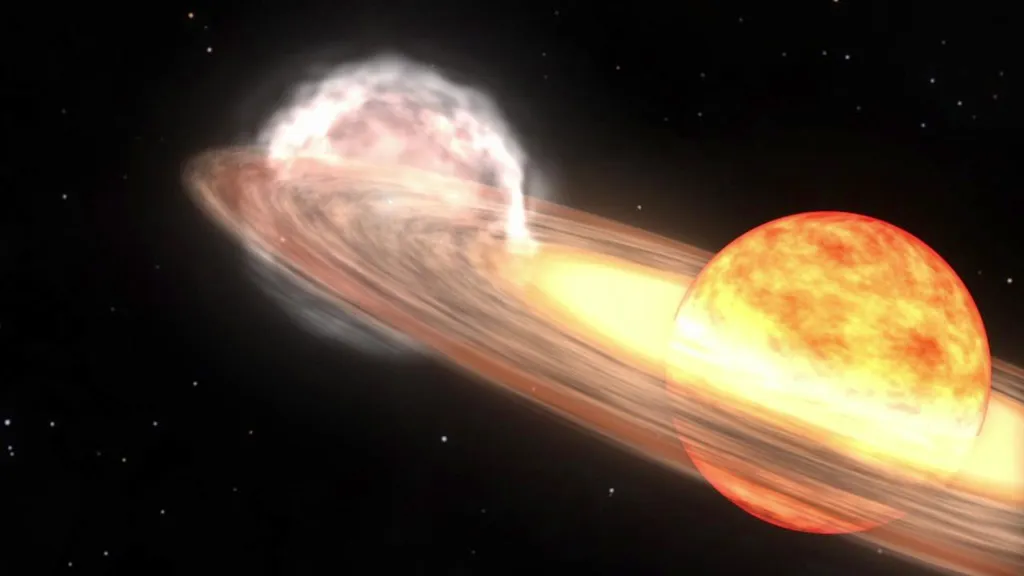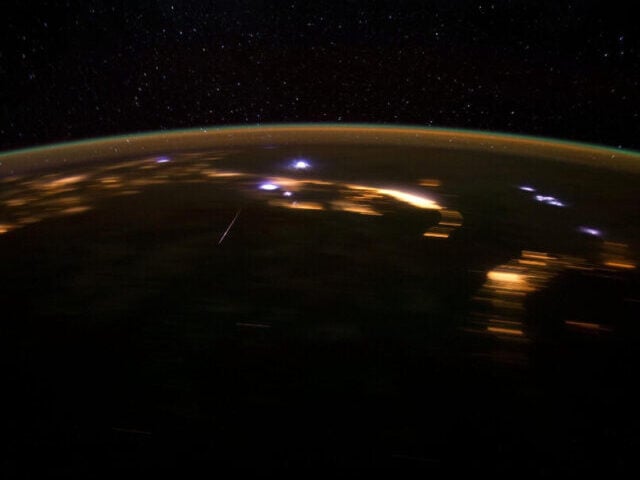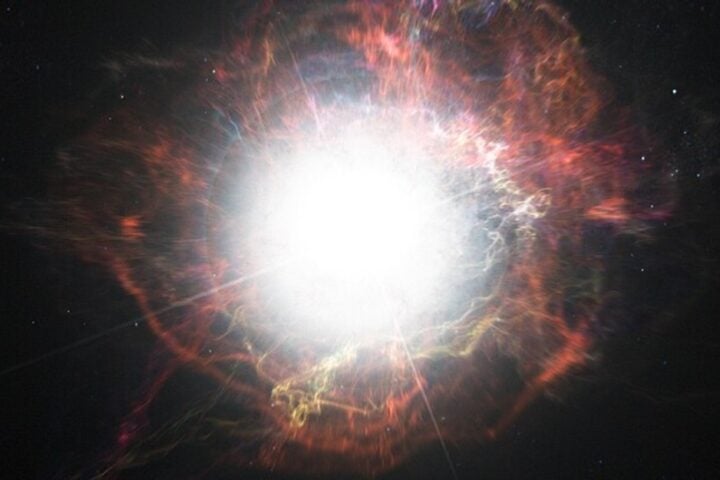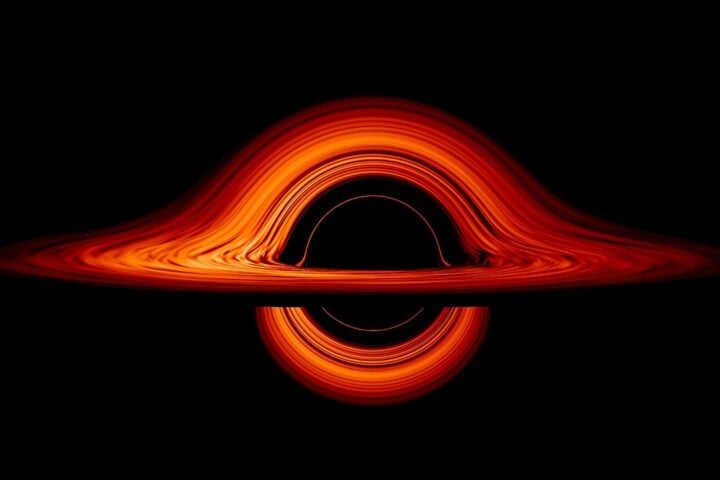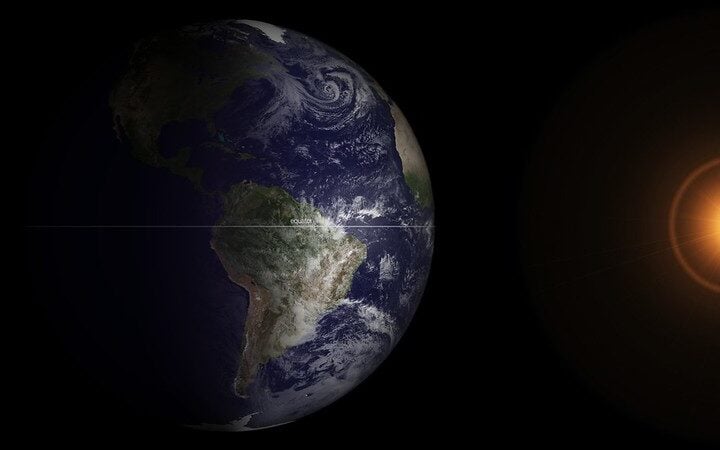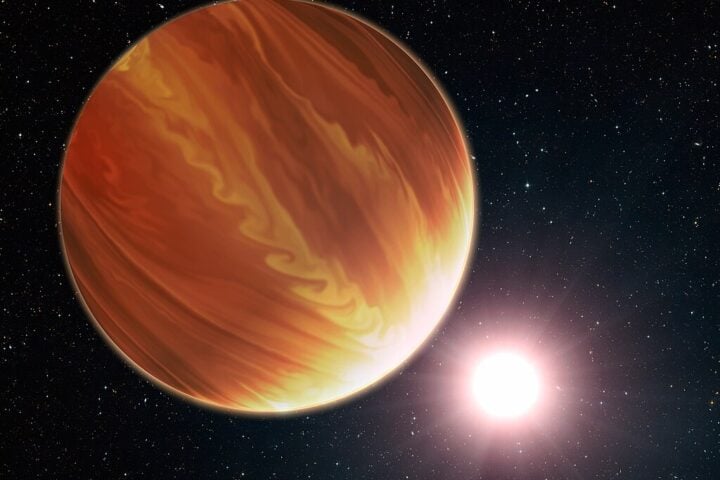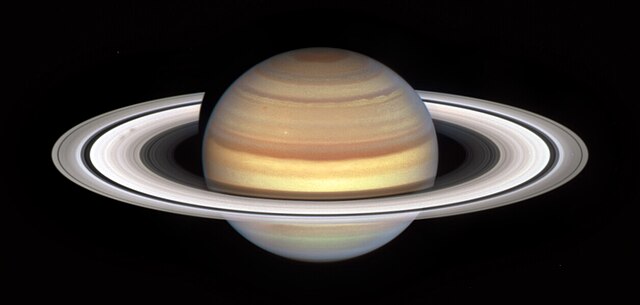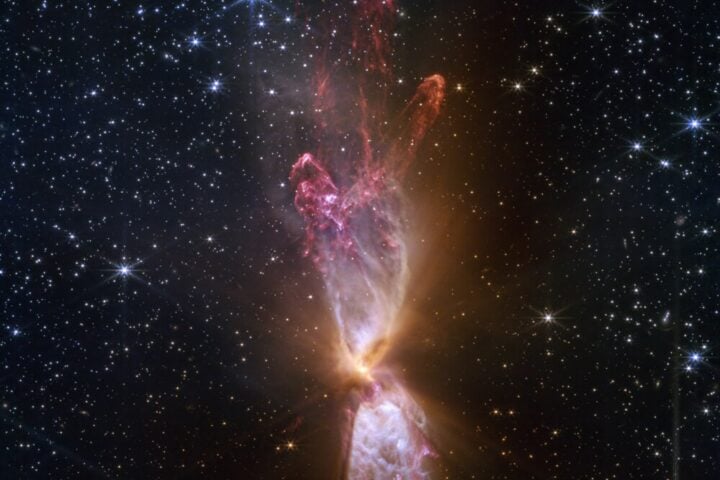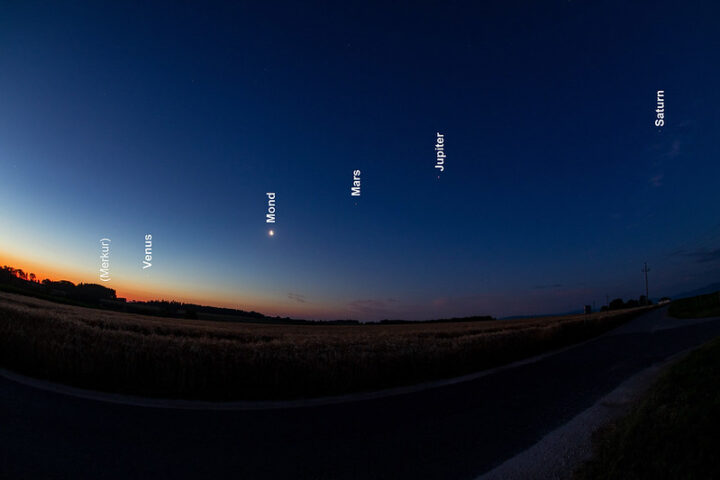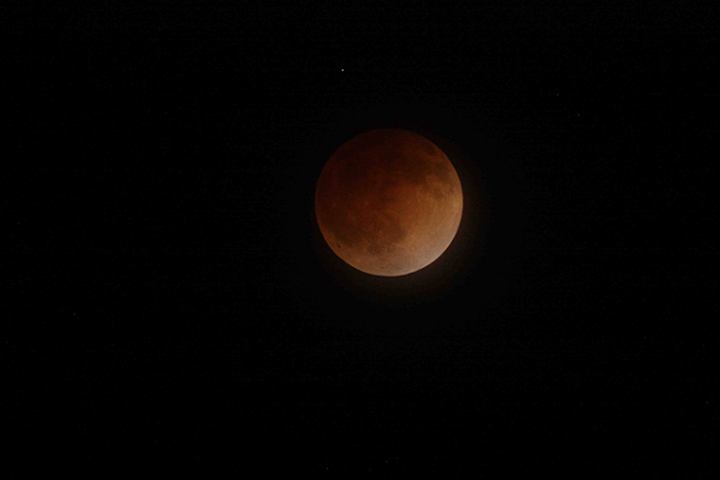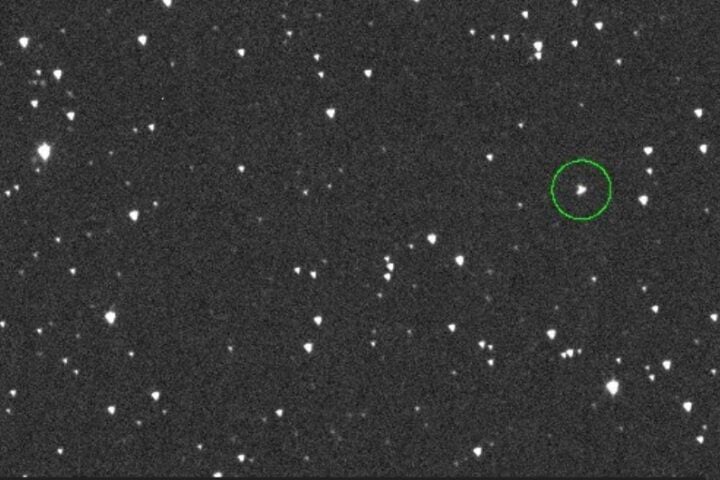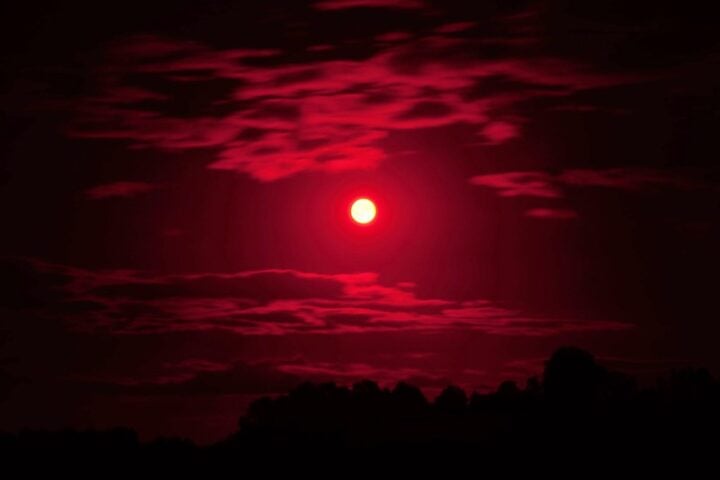The cosmos prepares to unveil one of its most spectacular recurring phenomena as T Coronae Borealis—the famed “Blaze Star”—readies for its once-in-a-generation eruption. This recurrent nova, nestled within the Corona Borealis constellation, transforms from an inconspicuous 10th-magnitude speck to a dazzling naked-eye luminary approximately every 80 years. Astronomical observations indicate this celestial spectacle could ignite any moment between now and early 2027.
T Coronae Borealis consists of a binary system where a white dwarf—an Earth-sized stellar remnant with nearly solar mass—orbits alongside a red giant companion. The white dwarf methodically accretes hydrogen from its partner, building a volatile layer on its surface. When sufficient material accumulates, conditions trigger a thermonuclear runaway reaction, catapulting the system’s brightness by thousands of times within mere hours.
Historical records document previous eruptions in 1866 and 1946, with evidence suggesting earlier outbursts in 1787 and potentially 1217. The recurrence interval of roughly 80 years classifies this as a genuine “once-in-a-lifetime” astronomical event for most observers.
Recent observations mirror the pre-eruption behavior witnessed before the 1946 outburst. A notable brightening occurred in 2015, followed by a significant dimming beginning in early 2023. Léa Planquart of the Université Libre de Bruxelles explains: “From 2015 to 2023, the accretion disk around the white dwarf reached its maximum extension and became hotter and more luminous. This enhanced the transfer of matter to the white dwarf in a ‘super-active phase.’ Then, in 2023, the accretion disk cooled back down again, resulting in the dimming.”
Astronomer Jean Schneider of the Paris Observatory has proposed specific potential eruption dates based on orbital dynamics: November 10, 2025; June 25, 2026; and February 8, 2027. An earlier prediction of March 27, 2025, passed without the anticipated eruption.
When T CrB finally detonates, its apparent magnitude will soar from its current +10 to approximately +2—rivaling Polaris in brightness. This dramatic transformation will render the normally telescopic object plainly visible to the unaided eye for approximately one week before gradually fading back to obscurity.
For skywatchers eager to witness this fleeting cosmic display, locating Corona Borealis presents the initial challenge. The Northern Crown resides between Arcturus (in Boötes) and Vega (in Lyra). From the Northern Hemisphere during spring and summer evenings, observers can locate this distinctive semicircular arc of stars by first finding the Big Dipper, then following the curve of its handle to bright Arcturus, and continuing that arc toward the eastern horizon.
Similar Posts
When seeking optimal viewing conditions, astronomers recommend finding locations away from urban light pollution and allowing 20-30 minutes for eyes to adapt to darkness. The nova’s brightening will occur rapidly—within hours—making regular monitoring essential for those hoping to observe the initial eruption phase.
Jeremy Shears, Director of the British Astronomical Association’s Variable Star Section, notes: “It’s only a matter of a few hours for the rise to occur—precisely how many is not known as the rise has never been caught before. That’s why it is so exciting.”
Beyond its visual appeal, T CrB’s nova provides astronomers with an exceptional laboratory for investigating numerous astrophysical processes. Its eruption offers valuable data on accretion dynamics, thermonuclear ignition thresholds, and binary star evolution. Multiple observational campaigns across the electromagnetic spectrum—from radio waves to gamma rays—are planned to capture the event’s full scientific value.
Of particular interest: the white dwarf in T CrB has an estimated mass of 1.37 solar masses, remarkably close to the Chandrasekhar limit of 1.44 solar masses. This threshold represents the maximum mass a white dwarf can maintain before electron degeneracy pressure fails to counteract gravitational collapse. Each nova eruption potentially adds mass to the white dwarf, incrementally approaching this critical threshold. When eventually exceeded—hundreds of thousands to millions of years from now—the white dwarf will collapse, potentially triggering a Type Ia supernova that would completely destroy the star.
The upcoming T CrB nova offers today’s observers a chance to witness an astronomical phenomenon that few humans ever see twice in one lifetime. The light from this eruption began its 3,000-light-year journey when human civilization was in its early stages, creating a connection across both space and time that links contemporary skywatchers with generations past and future who have marveled at the same celestial performance.
When the Blaze Star ignites, it will provide both professional astronomers and casual stargazers with a rare opportunity to observe one of the cosmos’s most dramatic periodic events—a fleeting stellar eruption that punctuates the otherwise seemingly static night sky.
